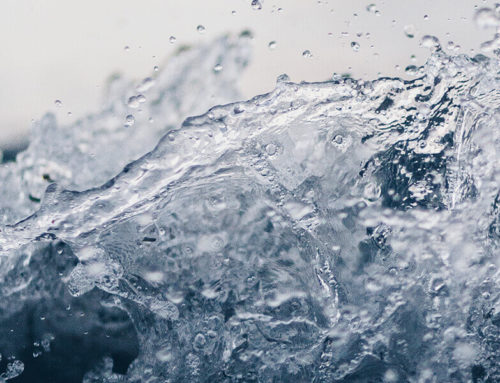Plastic fibers, also known as microplastics, are small plastic pieces that can enter and contaminate drinking water. Scientists are studying the exact pathways that allow microplastics to enter into the drinking water supply. An extensive investigation on microplastics in water found that these analyses caught particles of more than 2.5 microns in size. 2.5 microns would be 2.5 micrometers.
A “micron” is an abbreviated term for “micrometer”, or a millionth of a meter (1/1,000,000 meters). This is about .00004 inches. For size comparison, a human red blood cell is about 5 microns across. A human hair is about 75 microns across (depending on the person).” **
Working down to a smaller scale 2.5 microns would be 2,500 nanometers.
Black Berkey® Elements test results show that the elements can remove or reduce contaminants down to the nanometer scale, in the tested range of 24-26 nanometers. 24-26 nanometers is .024 to .026 microns…in other words, much smaller than the plastic particles being found in water.
The fact that Black Berkey® Elements test results show that the elements can remove or reduce contaminants down to the nanometer scale, in the tested range of 24-26 nanometers, suggests that contaminants much larger in size such as plastic fibers should also be removed. Nonetheless, since actual testing of plastic fibers has not yet been conducted, NMCL can’t officially make that claim.
** Click here to learn how big a micron is.


